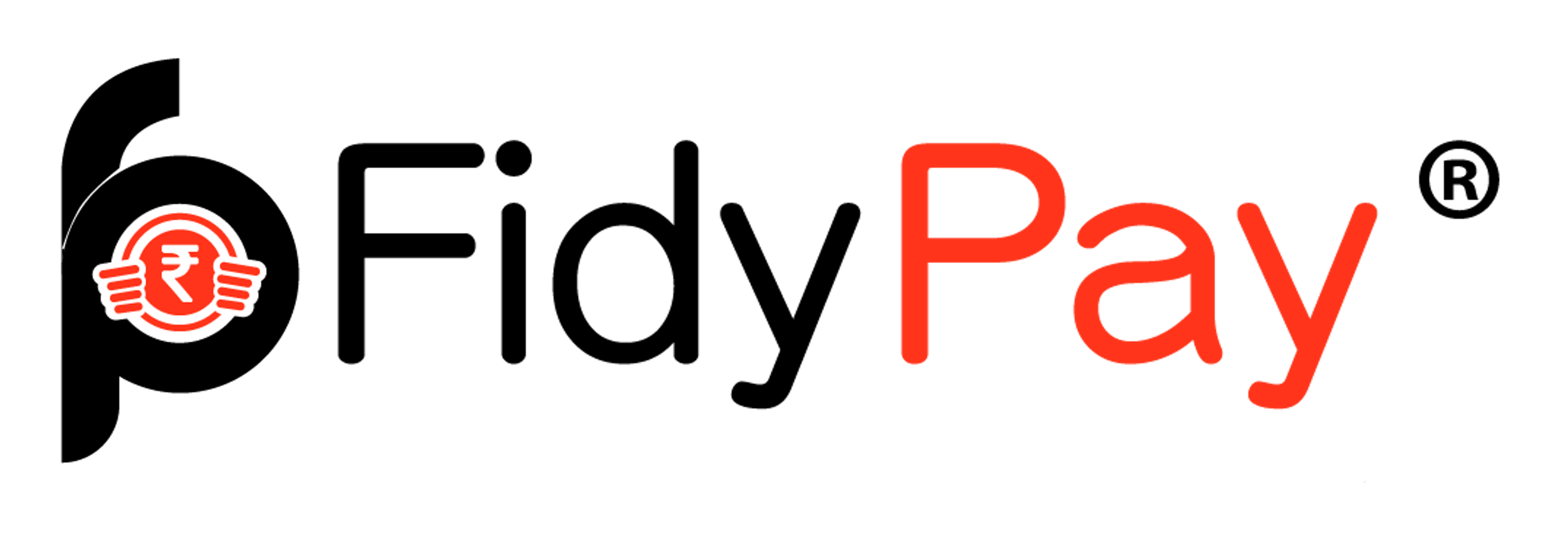Do you still suffer to transfer money in India? Is the electronic payment system being your main priority?
If so, then seek a change through us. We will tell you about NACH mandate which will make your payment experience smoother.
The National Automated Clearing House or NACH is an electronic payment system in India that makes it simple to move money across bank accounts. Especially for recurring payments like loan installments, energy bills, insurance premiums, and mutual fund investments, the system was established to streamline and automate the process of receiving monies from customers. Thus, by using the NACH mandate, customers can do their payments in a very hassle freeway.
In India, NACH regulations have largely replaced the outdated Electronic Clearing Service (ECS) system. The Reserve Bank of India (RBI) oversees the NACH system, which is thought to be a secure and effective means to handle recurring payments. Using the system, customers can make regular payments more quickly and easily. It also does away with the need for physical checks or cash payments and minimizes the possibility of mistakes or delays.
Be with us and continue reading to know more about the NACH mandate and give your customers a secure payment system.
Superlative Benefits of the NACH Mandate
NACH mandates can be very much crucial for your company. It is the most efficient payment system which you can give to your customers. Let us know about several advantages of the NACH mandate for both companies and clients:
Convenience: NACH mandates do away with the requirement that customers physically send money or write checks for regular payments like utility bills, insurance premiums, or installments on loans. Your customers can save time and effort, and the payment procedure is now more convenient.
Efficiency: NACH requires automation of the payment process, lowering the possibility of mistakes or delays in payment processing. Businesses benefit from time savings and on-time payment assurance thanks to this.
Cost-effectiveness: NACH mandates are affordable for both companies and customers. They save time, cut down on administrative expenses, and do away with the need for physical paperwork.
Secure: Because NACH mandates are controlled by the Reserve Bank of India (RBI) and processed through secure electronic channels, they provide a secure way to manage recurring payments. By doing this, your customers can avoid the likelihood of fraud or illegal access to clients.
Transparency: NACH mandates will guarantee total openness to your customers during the payment procedure. Consumers have easy access to precise information about their payment history and can readily follow their payments through their bank accounts or mobile banking apps.
Environmentally friendly: NACH mandates limit the use of paper in the payment process, making them greener and less carbon footprint intensive.
The advantages of NACH mandates include convenience, efficacy, affordability, security, openness, and environmental friendliness. They are widely utilized in India and can provide a secure and effective means of managing recurring payments to your customers.
How Does NACH Mandate Function for Your Customers?
The NACH mandate is a procedure that permits routine, automatic withdrawals from a customer’s bank account. Here is how it operates:
Authorization: To authorize the bank or financial institution to regularly remove money from a customer’s bank account, the customer must give written consent or complete a document called a NACH mandate. The mandate outlines specifics like the amount to be debited, how often the debits will occur, and how long the mandate will last.
Validation: After receiving the mandate, the bank confirms its legitimacy and verifies your customer’s bank account information.
Processing: The National Payments Corporation of India (NPCI), which processes the mandate and produces a Unique Mandate Reference Number, receives the mandate information from the bank (UMRN) for your customers.
Banking: Following the mandate, the bank or other financial institution debits the customer’s bank account on the designated dates. The customer’s bank statement contains information on the debits in detail, which will help them to do easy banking.
Reconciliation: The NPCI combines all the transactions and distributes the money across the banks.
Regular payments like loan installments, insurance premiums, and utility bills are frequently made using the NACH mandate system. The technology decreases the possibility of errors or processing delays by doing away with the requirement for customers to physically send money or write cheques. The system, which is controlled by the Reserve Bank of India (RBI), is regarded as a secure and effective method of handling recurring payments. Thus, it is the best possible method for your customers for transactions.
All You Need to Know About an e-Mandate
An e-mandate is a digital authorization that permits a bank or other financial institution to regularly deduct money from your customer’s bank account. It is an electronic replacement for the customary paper-based mandate procedure.
Some payment systems, such as the National Automated Clearing House (NACH) and Unified Payments Interface (UPI) in India, use e-mandates to make it easier to make regular payments. Your customers can create an e-mandate using the mobile banking app or online banking portal of their bank by entering the appropriate information, including the mandate’s term, frequency, and amount to be debited. This will provide them with a secure portal for banking.
Who Will Benefit from NACH Mandate Supremely?
In India, a wide range of companies and organizations manage recurring payments using the NACH mandate system. These are some of the companies that frequently use NACH mandates:
Banking and finance: To handle loan repayments, credit card payments, and other recurring payments, banks, and finance companies employ NACH mandates.
Insurance providers: To regularly collect premium payments from clients, insurance providers employ NACH requirements.
Telecom and utility firms: To collect recurring payments from clients, such as mobile phone bills, energy bills, and water bills, telecom, and utility companies must follow NACH rules.
Education institutions: Schools and universities, among others, use NACH regulations to regularly collect tuition fees from their students.
Mutual funds: Companies that offer mutual funds use NACH mandates to obtain regular contributions from investors.
Government agencies: Some government agencies use NACH mandates to collect recurring payments like taxes and fines from its customers.
Numerous companies and organizations in India employ NACH mandates to control recurring payments. The system is well-liked and regarded as a secure and effective method of managing payments for customers.
What are the Basic Differences Between NACH and ECS?
Both NACH and ECS are payment systems utilized in India, but they differ in many ways. Let us now find out which is more favorable for you and your customers.
Governing Authority: The Reserve Bank of India (RBI) oversees ECS, whereas the National Payments Corporation of India (NPCI) oversees NACH (RBI).
Limit on transactions: The maximum transaction amount for NACH is Rs. 2 lakhs, while the maximum transaction amount for ECS is Rs 1 lakh.
Application: Whereas ECS is exclusively used for debit transactions, NACH is utilized for both debit and credit transactions.
Payment Method: ECS is mostly used for electronic money transfers (EFTs) between bank accounts, whereas NACH permits payments through net banking, credit cards, and debit cards.
Settlement cycle: Whereas the ECS settlement cycle is T+2, the NACH settlement cycle is T+1 (transaction day plus one day).
Reach: Compared to ECS, which is only available to certain banks with a presence in the relevant ECS hubs, NACH has a greater reach throughout India as it covers all banks that are a part of the National Financial Switch (NFS).
Parting Thoughts
For businesses, the procedure of banking has become simpler with the introduction of e-NACH and e-mandate. The e-mandate has made businesses more productive and facilitated key banking concepts across the country by removing local barriers because it eliminates manual intervention, including physical forms and signatures. Indian companies must include NACH’s mandate to provide a one-of-a-kind facility to their clients. Look no further, Fidypay is ready to deploy various payment and financial services on a single platform. Our seamless payment integration services have immensely benefitted companies by providing them smooth and uninterrupted payment and banking experience.

